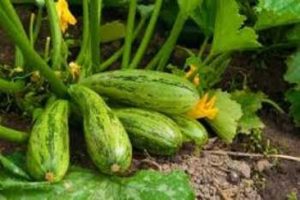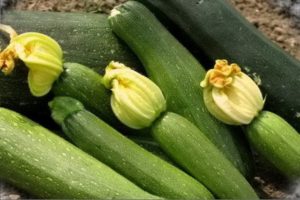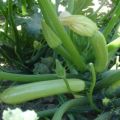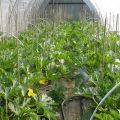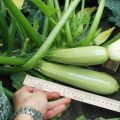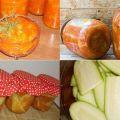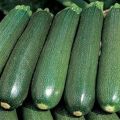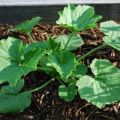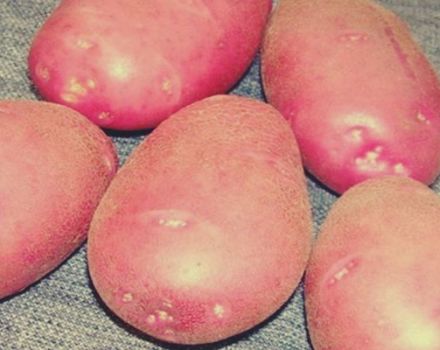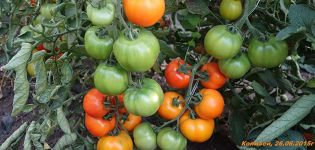Description of the zucchini variety Iskander f1, features of cultivation and yield
The popularity of the high-yielding vegetable called Iskander f1 squash is due to its ability to set fruit in low temperatures. The F1 hybrid form was created by Dutch breeders. The fruits ripen early, so they can be harvested after 45-50 days. Planting zucchini in greenhouses allows you to get a very early harvest.
Description of the variety
The early maturing bush squash of the Iskander F1 variety matures within 40 days. The culture is capable of bearing fruit for a very long time - before the first frost appears.
Detailed description of the hybrid variety:
- cylindrical shape of compact fruits of culture about 15–20 cm long;
- the skin is uniform, pale green with subtle specks;
- the weight of each fruit with a wax bloom can reach 0.5 kg;
- the pulp of the fruit is dense, has a creamy white color;
- zucchini can be fried, stewed, canned.
The yield level of squash is quite high - 17 kg / bush. Iskander hybrid zucchini can be grown under plastic, in greenhouses, tunnels and in open field conditions. Fruits with a smooth surface and underdeveloped ribbing have narrowed stalks.
Growing
Before buying seeds of a hybrid Iskander variety, it is important to know the technology of growing a squash crop, which has many advantages. They are able to arouse interest among experienced gardeners, as well as among those who have begun to master the cultivation of vegetable crops.
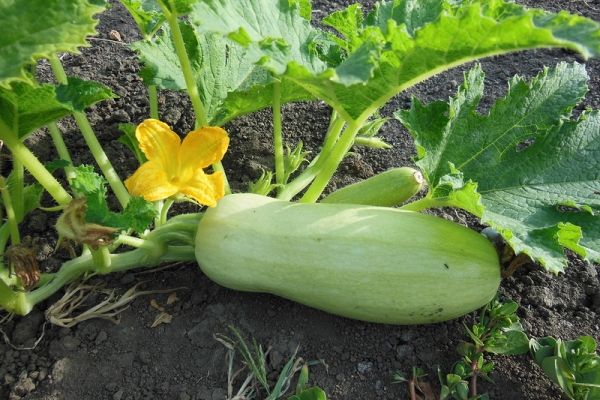
There is no seed preparation before sowing. The first method involves growing seedlings, followed by planting in open ground in April.
To get a rich harvest, you can adhere to the following recommendations:
- Prepare the soil in advance, add organic and mineral substances, ash.
- Sow seeds of Iskander F1 zucchini at the very beginning of June or at the end of May to a depth of 5 cm.
- Put 2-3 seeds in each of the prepared holes.
- Remove weak sprouts after they appear.
Planting a culture in the form of seeds or seedlings is carried out at a distance of 60 cm from each other.
Zucchini hybrid culture is loosened no more than twice a week, spud and irrigated, watering the plants once every 10 days. An area with sprouts of 1 square meter should take 10 liters of water.
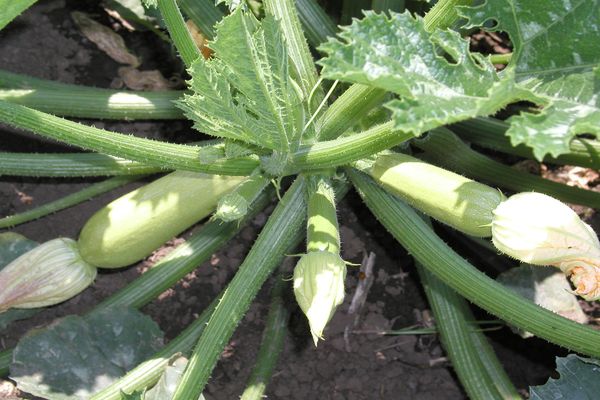
To increase the volume of the crop, special fertilizers can be applied during the period of fruit ripening. Harvesting should be done at intervals of 3 days. A slight delay in harvesting fruits will not adversely affect the condition of the fruits, which retain their beneficial properties.
Care features
A crop that does not require thorough maintenance before the seeds emerge can be watered a little when the soil is very dry. Weeds should be removed periodically so that the soil is not left without nutrients. You can observe the emerging seedlings immediately after their appearance. It is better to remove weak plants, since you do not need to expect high yields from them.
The Iskander F1 variety should be chosen depending on the soil composition. The type of soil should be light with neutral acidity.
It is better to plant seeds or seedlings of hybrid zucchini after onions, radishes or other varieties of zucchini culture.
It is better not to land on the same site for several years in a row. This can be done if you do not plan to fertilize the soil before planting seeds or seedlings of a hybrid Iskander F1 marrow, otherwise all the useful elements will be stretched out and the soil will become poor next year. With the annual fertilization of the soil, there should be no problems with growing the Iskander hybrid variety.
Cleaning of bad sprouts should be done carefully and carefully, otherwise the roots of adjacent sprouts can be removed. After the initial watering, you can loosen the soil, add top dressing to it, and remove weeds. Plants need abundant watering only for the ovaries to appear. In other cases, it is necessary to moisten the soil after periodic drying of the soil.
Advantages and disadvantages
The Iskander variety has its own advantages and disadvantages, which are inherent in any other hybrid. The advantages of the variety include the following properties:
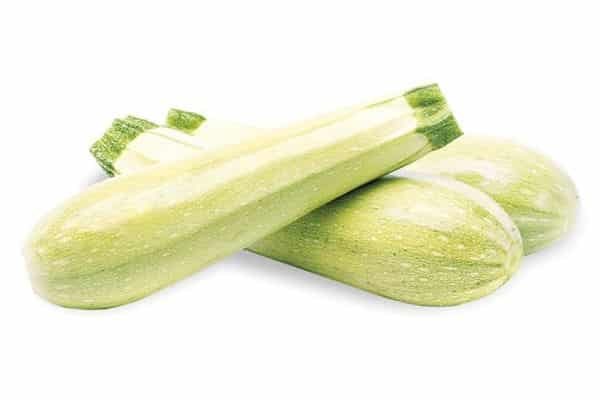
- the duration of the fruiting period;
- high level of productivity;
- resistance to certain types of diseases;
- the duration of the fruiting period;
- long-term storage of the crop of Iskander F1 zucchini;
- resistance to low temperatures.
The fruits are not able to outgrow, you can eat zucchini that are overripe or not ripe, since they do not lose their taste. You can prepare baby food from them. Fruiting continues even in cold weather.
The unpretentiousness of the Iskander hybrid variety is important for large vegetable farms. It surpasses any variety of zucchini of the thick-headed variety in its taste.
Pests and diseases
Periodic spraying of the hybrid squash crop helps against insects, diseases and pests. For the initial stage of the development of the disease, folk remedies are most suitable. In difficult situations with a neglected state of culture, compounds of chemical or biological origin will help.
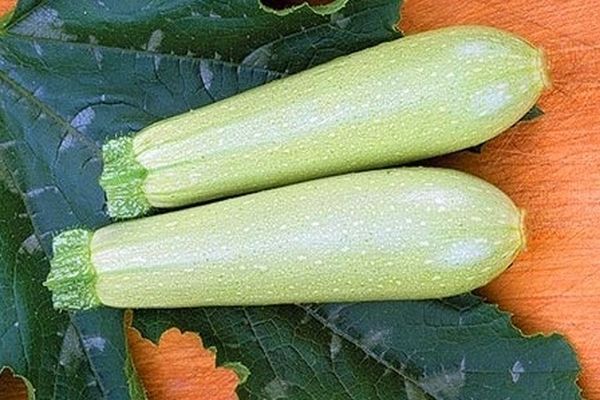
The main characteristic of the hybrid Iskander variety is resistance to many types of diseases and pests of vegetable crops. Anthracnose and powdery mildew are the most common squash diseases.
Harvesting and storage
Harvesting should be done once every 2 weeks or more often until the fruits reach ripeness. Harvesting zucchini more frequently will allow new ovaries to appear. Moreover, the weather must be dry at this time. It is important not to overexpose the fruits on the bushes, they should not be wet after rain or dew.
The harvested fruit should be stored in the refrigerator so that various dishes can be prepared. Iskander hybrid variety is also intended for further processing, canning, drying or freezing.
